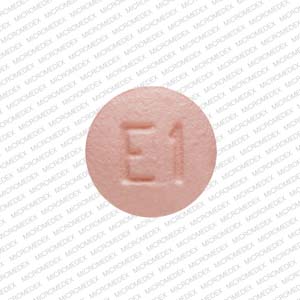Ethinyl estradiol/norgestrel Interactions
There are 502 drugs known to interact with ethinyl estradiol/norgestrel, along with 21 disease interactions, and 9 alcohol/food interactions. Of the total drug interactions, 78 are major, 374 are moderate, and 50 are minor.
- View all 502 medications that may interact with ethinyl estradiol/norgestrel
- View ethinyl estradiol/norgestrel alcohol/food interactions (9)
- View ethinyl estradiol/norgestrel disease interactions (21)
Most frequently checked interactions
View interaction reports for ethinyl estradiol / norgestrel and the medicines listed below.
- Acidophilus (lactobacillus acidophilus)
- Adderall (amphetamine / dextroamphetamine)
- Adderall XR (amphetamine / dextroamphetamine)
- Alcohol (contained in alcoholic beverages) (ethanol)
- Allegra (fexofenadine)
- AquADEKs (multivitamin with minerals)
- Aspirin Low Strength (aspirin)
- Celebrex (celecoxib)
- Claritin (loratadine)
- Coenzyme Q10 (ubiquinone)
- Dafalgan (acetaminophen)
- Daily Multi-Vitamins with Minerals (multivitamin with minerals)
- Dilaudid (hydromorphone)
- Diltiazem Hydrochloride SR (diltiazem)
- Diltiazem Hydrochloride XR (diltiazem)
- Emgality (galcanezumab)
- Estring (estradiol topical)
- Euthyrox (levothyroxine)
- Excedrin Extra Strength (acetaminophen / aspirin / caffeine)
- Excedrin Migraine (acetaminophen / aspirin / caffeine)
- Fentanyl Transdermal System (fentanyl)
- Flonase (fluticasone nasal)
- Gaviscon Regular Strength Tablets (aluminum hydroxide / magnesium trisilicate)
- Gentle Iron (multivitamin with iron)
- Inderal (propranolol)
- Iron Sulfate (ferrous sulfate)
- Lamictal (lamotrigine)
- Nexium (esomeprazole)
- Vitamin B12 (cyanocobalamin)
- Vitamin D3 (cholecalciferol)
Ethinyl estradiol/norgestrel alcohol/food interactions
There are 9 alcohol/food interactions with ethinyl estradiol / norgestrel.
Ethinyl estradiol/norgestrel disease interactions
There are 21 disease interactions with ethinyl estradiol / norgestrel which include:
- smoking
- abnormal vaginal bleeding
- carcinomas (estrogenic)
- hypercalcemia in breast cancer
- hypertension
- thromboembolism/cardiovascular
- hepatic neoplasms
- breast malignancy
- liver disease
- thromboembolism
- angioedema
- gallbladder disease
- hyperlipidemia
- liver disease
- melasma
- depression
- fluid retention
- glucose intolerance
- thyroid function tests
- hyperlipidemia
- weight gain
More about ethinyl estradiol / norgestrel
- ethinyl estradiol/norgestrel consumer information
- Compare alternatives
- Reviews (361)
- Side effects
- Dosage information
- During pregnancy
- Drug class: contraceptives
Related treatment guides
Drug Interaction Classification
| Highly clinically significant. Avoid combinations; the risk of the interaction outweighs the benefit. | |
| Moderately clinically significant. Usually avoid combinations; use it only under special circumstances. | |
| Minimally clinically significant. Minimize risk; assess risk and consider an alternative drug, take steps to circumvent the interaction risk and/or institute a monitoring plan. | |
| No interaction information available. |
See also:
Further information
Always consult your healthcare provider to ensure the information displayed on this page applies to your personal circumstances.


